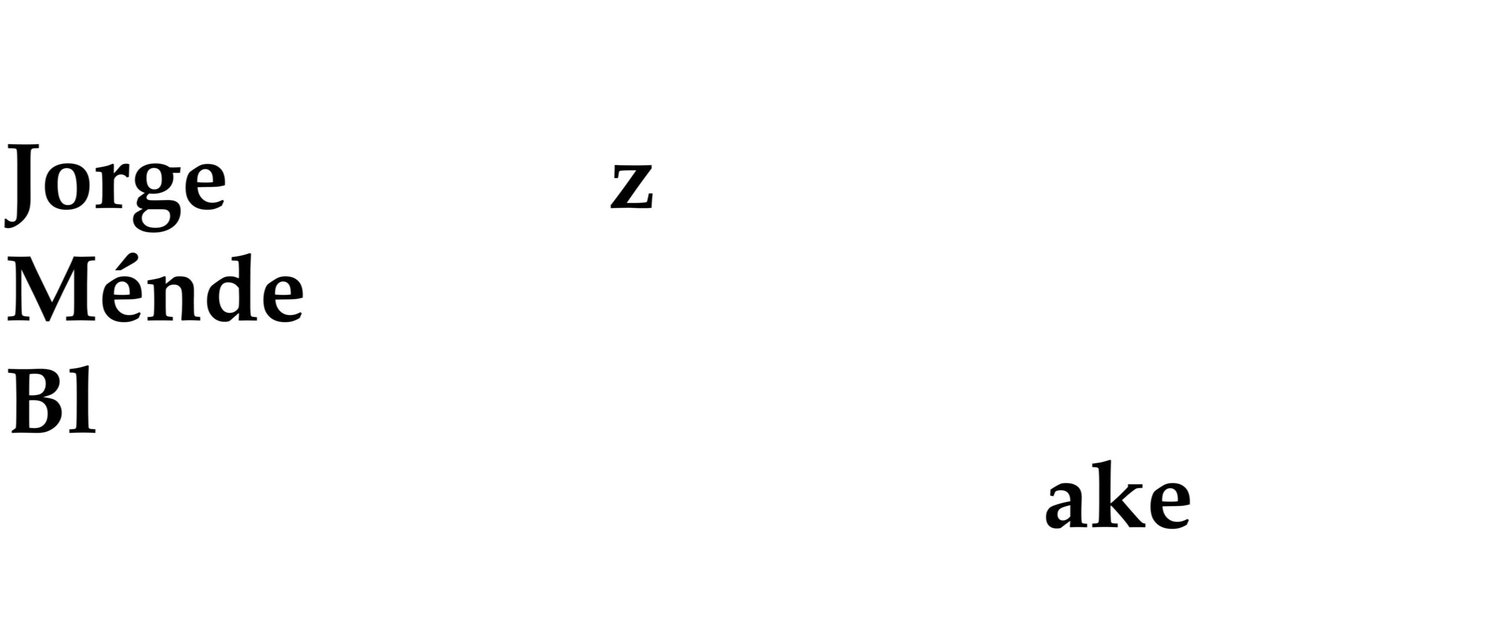Jorge Méndez Blake - Ceboruco
-¡Geoffrey, este lugar es una ruina!
Bajo el volcán, Malcolm Lowry
¡Los volcanes! ¡Qué sentimental podía uno ponerse con ellos!
Bajo el volcán, Malcolm Lowry
Jorge Méndez Blake centra este proyecto en la fragilidad con la que se construye y legitima la historia. Partiendo de la obsesión milenaria de México por sus volcanes, y de la novela fundamental de la literatura moderna, Bajo el volcán (1947), del escritor inglés Malcolm Lowry, el artista teje una sutil red de vestigios y documentos que oscilan entre la arqueología, la literatura y la arquitectura.
Como en proyectos anteriores, Méndez Blake utiliza referencias literarias, conciliando nostalgia y duda, leyendo e interpretando libremente los textos para crear nuevas lecturas y traducciones. Así, la alusión a Bajo el volcán es heterodoxa: la referencia queda en el horizonte, al igual que los volcanes en la narración original. La historia ficticia del artista no tiene lugar en Quauhnahuac (Cuernavaca), como en la novela sino en el Ceboruco, único volcán activo en la zona noroeste del eje volcánico de la Sierra Madre Occidental, ubicado en el estado mexicano de Nayarit, y cuyas erupciones en los últimos 3000 años (la última registrada en 1870) han creado un interesante paisaje de roca volcánica.
En sus viajes a la zona, Méndez Blake encontró lo que él considera indicios de una civilización enterrada bajo las cenizas del volcán. Sin embargo, el vestigio en el que basa su hipótesis no tiene la monumentalidad de un sitio arqueológico, ya que surgió del encuentro fortuito con una pequeña y modesta edificación en las faldas del volcán, pintada de azul y rojo. A partir de esta construcción marginal, sin función aparente, el artista creó una serie de documentos e historias que cimientan su verosimilitud en la cuestionable legitimación de esta estructura como ruina. Estas obras se sitúan entre el registro científico y el romanticismo, nos acercan al paisaje local y nos dan noción de lo que pudiera ser la arquitectura de los habitantes de esta zona: estructuras con grandes paredones, geometrías rectas y asimétricas, un pabellón con función desconocida, entradas a pasajes subterráneos y una obsesión por cierta paleta de colores.
A partir de su lectura del entorno natural y construido de esta zona del occidente de México, el artista realiza dibujos, pinturas y esculturas que, a manera de testimonio de una investigación arqueológica de la que solo quedan algunas huellas, proponen una nueva línea de sedimentación histórica. El volcán Ceboruco se convierte en el escenario para la reflexión del artista en torno a la memoria y la escritura de la historia.
***
"Geoffrey, this place is a wreck!"
Under the Volcano, Malcolm Lowry
The volcanoes! How sentimental one could become about them!
Under the Volcano, Malcolm Lowry
Jorge Méndez Blake focuses this project on the fragility with which history is constructed and legitimized. Beginning with Mexico's millenarian obsession with its volcanoes, and with British author Malcolm Lowry's fundamental novel of modern literature, Under the Volcano (1947), the artist weaves together a subtle web of remains and documents that oscillates between archaeology, literature and architecture.
As in previous projects, Méndez Blake uses literary references, reconciling nostalgia and doubt, interpreting the texts freely to create new readings and translations. In this way, his allusion to Under the Volcano is unorthodox: the reference remains on the horizon, just like the volcanoes in the original narrative. The artist's fictional story takes place not in Quaunahauc (Cuernavaca), as in the novel, but rather on Ceboruco, the only active volcano in the northeast part of the volcanic axis of the Sierra Madre Occidental. Located in the Mexican state of Nayarit, its eruptions over the past 3000 years (the last having been recorded in 1870) have created an interesting landscape of volcanic rock.
In his travels to the area, Méndez Blake found what he considered to be indices of a civilization buried beneath the ashes of the volcano. Nevertheless, the remains on which he bases his hypothesis do not have the monumentality of an archaeological site, since it emerged from the fortuitous encounter with a small and modest edifice on the outskirts of the volcano, painted blue and red. From that marginal construction, with no apparent function, the artist created a series of documents and histories that found their verisimilitude in the questionable legitimization of this structure as a ruin. These works are situated between scientific record and romanticism; they bring us close to the local landscape and give us an idea of what the architecture of the area's inhabitants might have been: structures with large walls, straight, asymmetrical geometries, a pavilion of unknown function, entrances to subterranean passageways, and an obsession with a certain palette of colors.
On the basis of his reading of the natural and built environments of this part of western Mexico, the artist completed drawings, paintings and sculptures that, in the manner of evidence from an archaeological investigation of which only traces remain, propose a new line of historical sedimentation. The Ceboruco volcano becomes a stage for the artist's reflection on memory and the writing of history.
